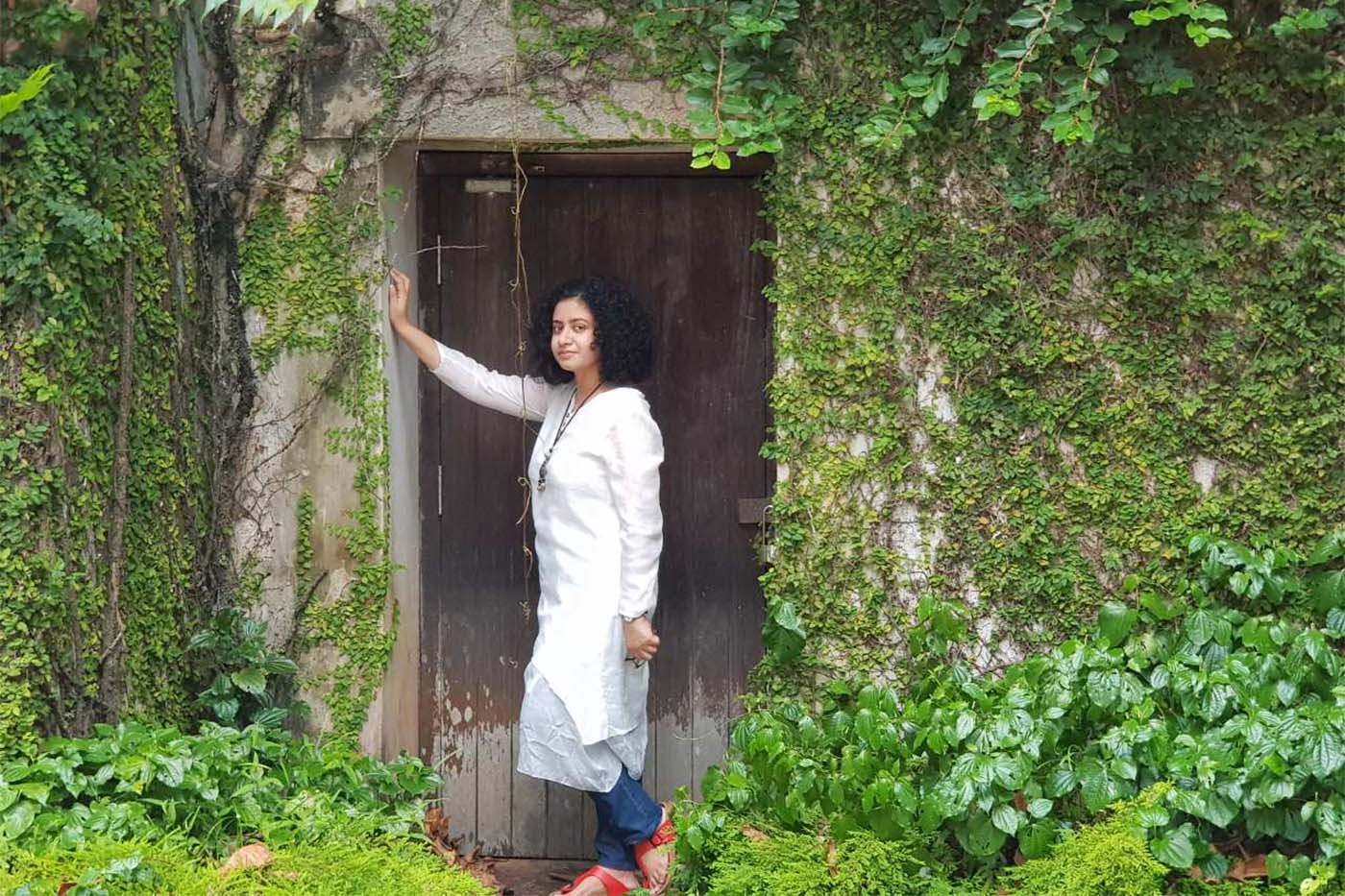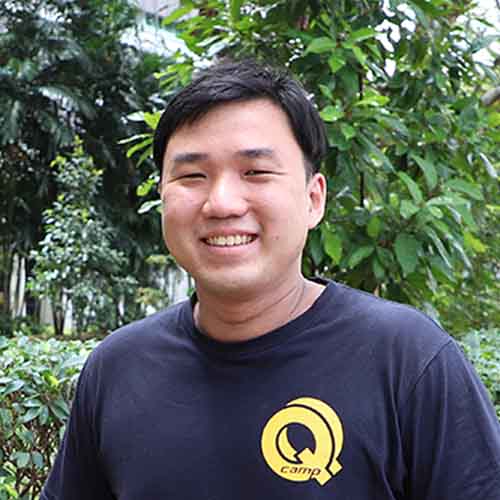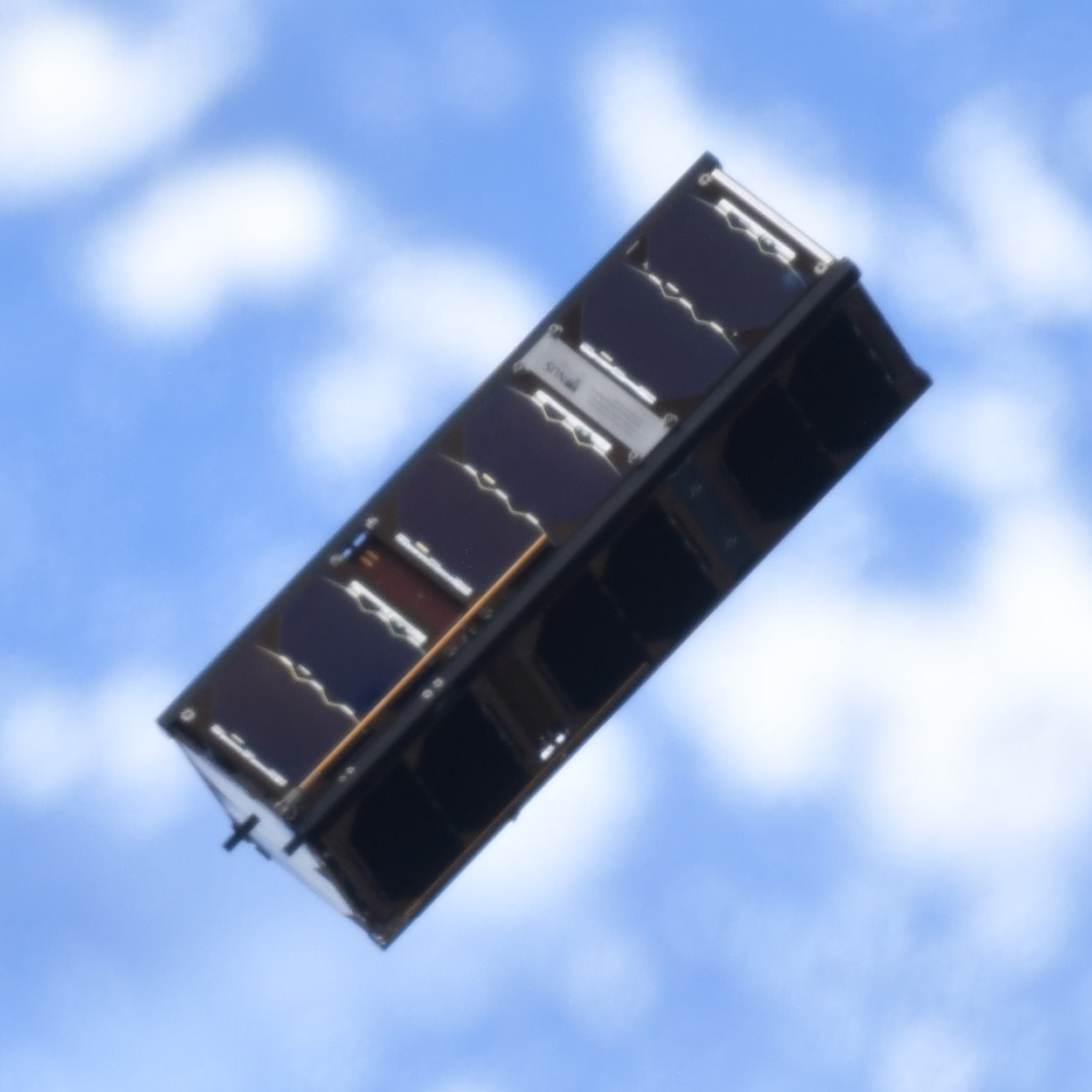Highlights
Meet a CQTian: Ayesha Reezwana
 Ayesha enjoys reading, music, spending time with her family and hiking. This picture was taken at the Labrador Nature Reserve located in the southern part of Singapore.
Ayesha enjoys reading, music, spending time with her family and hiking. This picture was taken at the Labrador Nature Reserve located in the southern part of Singapore.
Who are you?
I am Ayesha. I am from Bangladesh. I have done my BSc in Electrical Engineering and MSc in Computer Science & Engineering. I joined Alexander Ling’s group in 2018 as a Research Assistant.
You were part of the team that built and launched the SpooQy-1 nanosatellite. Tell us a little bit about the project and how it was like working on it.
Fortunately, SpooQy-1 was in its development phase when I joined the team. I have been curious about satellites and astronomy since high school. SpooQy-1 became an opportunity for me to learn about the intricacies and contribute to the field. We had an amazing and enthusiastic team who worked to make SpooQy-1 the very first nanosatellite to demonstrate quantum entanglement in space. We had challenges, and we had our brighter days too.
What is a moment you will remember from the project?
When our satellite was deployed from the International Space Station (ISS), we wanted to make immediate contact with it. Usually, the North American Aerospace Defense Command (NORAD) publishes the two-line element set (TLE) of any Earth-orbiting objects, from which we can predict the orbit of the satellite. It takes two or three days for NORAD to publish it, but we did not want to wait that long. So, just after the deployment, we used the coordinates and the velocity of ISS to conjure our satellite’s TLE. It worked and we could contact SpooQy-1 the very next day, within 24 hours after its deployment. SpooQy-1 is still functional after one year of deployment. We are running our experiments regularly.
What are you working on now?
My work involves mostly various computational techniques: optimisation of code, improving the accuracy of simulation models and being able to process large amounts of data. Specifically, right now I am working on an error correction protocol called ‘Cascade’. It is a well-known error reconciliation protocol used in quantum key distribution. I am also working on different approaches to finite key analysis, working with data generated in our lab and analysing cloud cover statistics in Singapore for QKD experiment.
What do you enjoy about your work?
Plenty of things. First of all, I like that the quantum technologies work of our group is interdisciplinary. The topics are wide enough to capture my curiosity, and their constantly changing nature allows me to find a niche to use and develop my skill set.
In this era of computation, data analysis forms a crucial part of various sectors. As an experimental group, computational techniques aid us in processing experimental data and simulating theoretical solutions to understand the underlying physical processes involved. I can have an idea of an experimentalist’s point of view too.
Lastly, I appreciate the team and our amazing colleagues at CQT who fuel life in our workplace.
What would you recommend about Singapore as a place to work and live?
Actually, I consider Singapore the next generation sci-fi country of our planet Earth. The combination of urban life and bucolic beauty makes it a paradigm of a sustainable country. People are friendly, accepting and beautiful like a rainbow – welcoming to all spectrum of colours.
What was your path into research?
Learning makes me happy and the dual properties of research (exploration and focus) is the perfect recipe to fill my heart with joy. I have been able to discuss problems ranging from equipment issues to the necessity for efficient computation, and devise methods for a problem. After starting my work in a professional academic environment at CQT, it reinforced my calling in this field.
What is a challenge you have overcome?
I was new to quantum mechanics when I started working here at CQT as I come from an engineering background. I put my heart and mind into understanding the scrumptious equations of quantum mechanics. As there is no end to knowing, each day I am gaining knowledge about the beautiful world of quantum.
Have you had any Eureka moments?
I have spent hours, or even days, thinking about an algorithmic problem, and then I could solve it. For example, recently we needed to know the cloud location and cloud cover in Singapore to plan an optical ground station to communicate with quantum satellites. I needed to work with geoscience data, and the data structure was puzzling initially. The algorithm used by meteorologists was also new to me. I studied it and overcame the problem. The unknown will always be there, but we should never give up. Know that the darkest hour is near dawn.
What do you enjoy outside the lab?
Reading science fiction books and literature. Some of my favourite books are The Three-Body Problem, The Paper Menagerie, Oryx and Crake, The Picture of Dorian Gray, The Neverending Story and the oeuvre of Rabindranath Tagore.
I also enjoy playing random notes on my keyboard. Music runs in almost all Bengali families. I was introduced to music when I was young and have studied music, especially Indian classical music, for more than ten years. But now I do it as a hobby. It is calming and a sweet distraction. I also like hiking and spending time with my family.
Learn more
Related Stories
 | SpooQy-1 shows promise of nanosatellites for quantum networks June 25 2020 |
 | Meet a CQTian: Yeo Xi Jie November 18 2020 |
 | CQT's quantum satellite combines art with science July 04 2019 |






